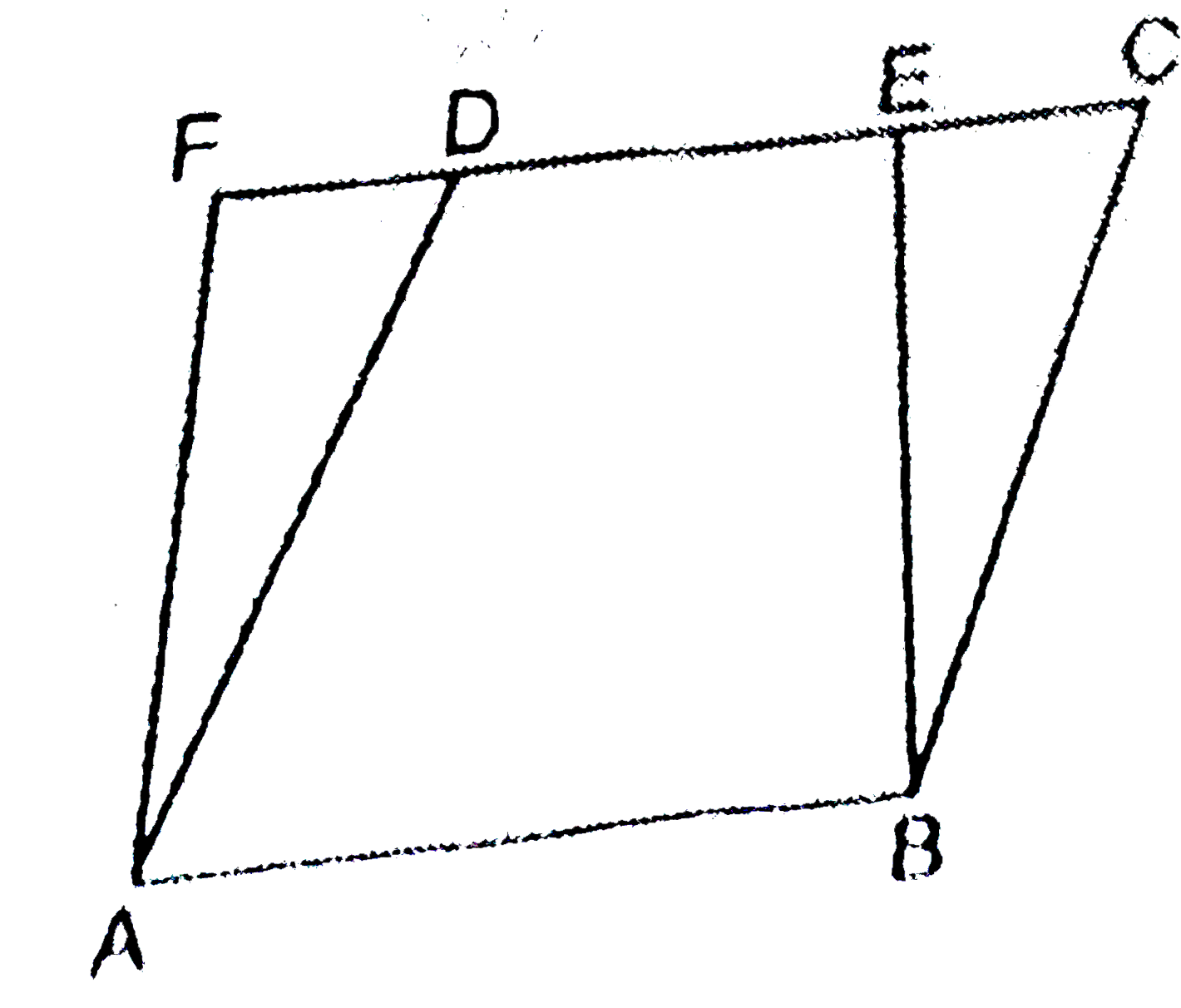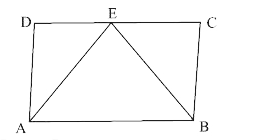In the figure, the area of parallelogram ABCD is
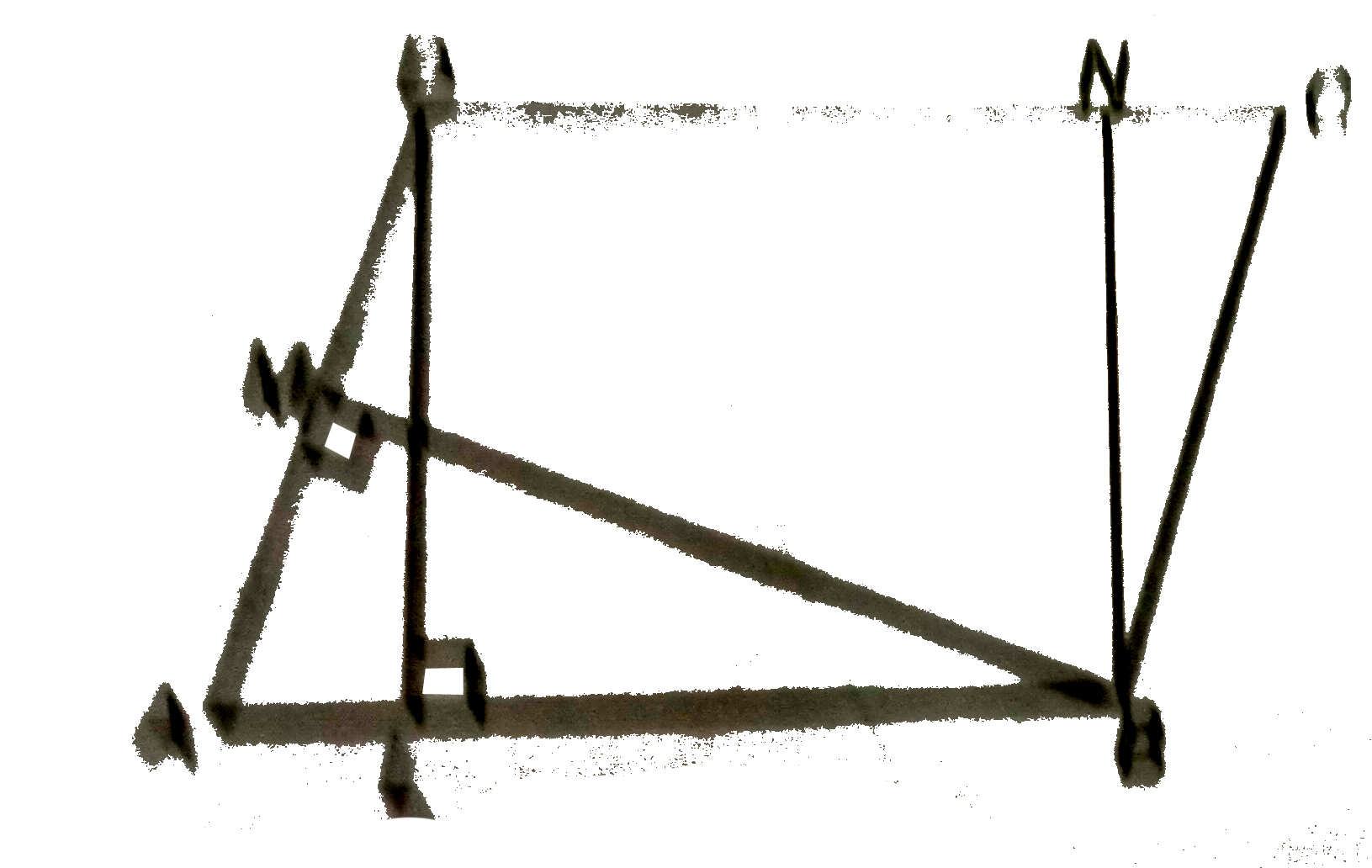
A
AB×BM
B
BC×BN
C
DC×DL
D
AD×DL
Video Solution
Text Solution
The correct Answer is:C
We know that, area of parallelogram is the product of its any side and the corresponding altitude ( or height).
Here, when AB is base, then height is DL.
∴ Area of parallelogram = AB×DL
and when AD is base, then height is BM.
∴ Area of parallelogram = AD×BM
when DC is base, then height is DL.
∴ Area of parallelogram =DC×DL
and when BC is base, then height is not given.
Hence, option (c) is correct.
|
Topper's Solved these Questions
Similar Questions
Knowledge Check
ABCD is a parallelogram P and R are two points on AB such that the area of parallelogram ABCD is 8 times the area of Δ DPR. If PR = 5 cm, then CD is equal to
A10 cmB5 cmC20 cmD12 cmIn the adjoining figure , the ratio of the areas of the parallelogram ABCD and that of triangle ABN is :
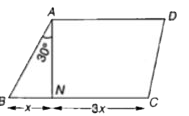 A6:1B5:1C4:1D8:1
A6:1B5:1C4:1D8:1
In the figure given below, area of parallelogram ABCD is 29cm2. Calculate the height of parallelogram ABEF if AB=5.8 cm.
View SolutionThe area of any parallelogram ABCD, is AB X BC.
View SolutionABCD is a parallelogram in which BC is produced to E such that CE = BC. AE intersects CD at F.
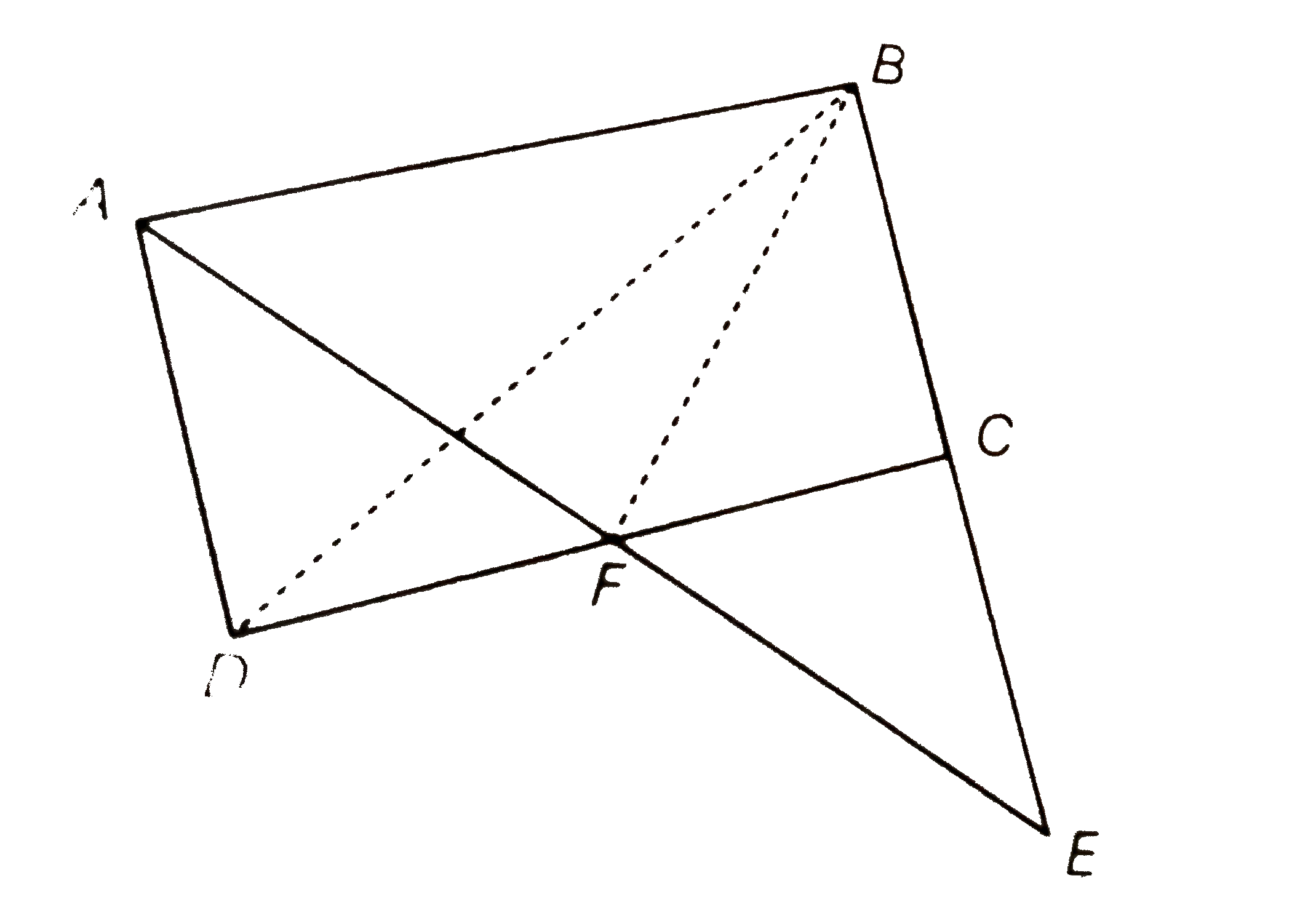
If ar(ΔDFB)=3cm2, then find the area of the parallelogram ABCD.
View SolutionIn the adjoining figure, find the area of the parallelogram ABCD.

View SolutionABCD is a quadrilateral with ¯¯¯¯¯¯AB=¯a,¯¯¯¯¯¯AD=¯b,¯¯¯¯¯¯AC=2¯a+3¯b . If the area of parallelogram ABCD is p times the area of the parallelogram with AB,AD as adjacent sides, then p is equal to
View Solution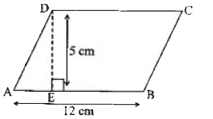
What is the area of the parallelogram ABCD as shown in the given figure?
View Solution

